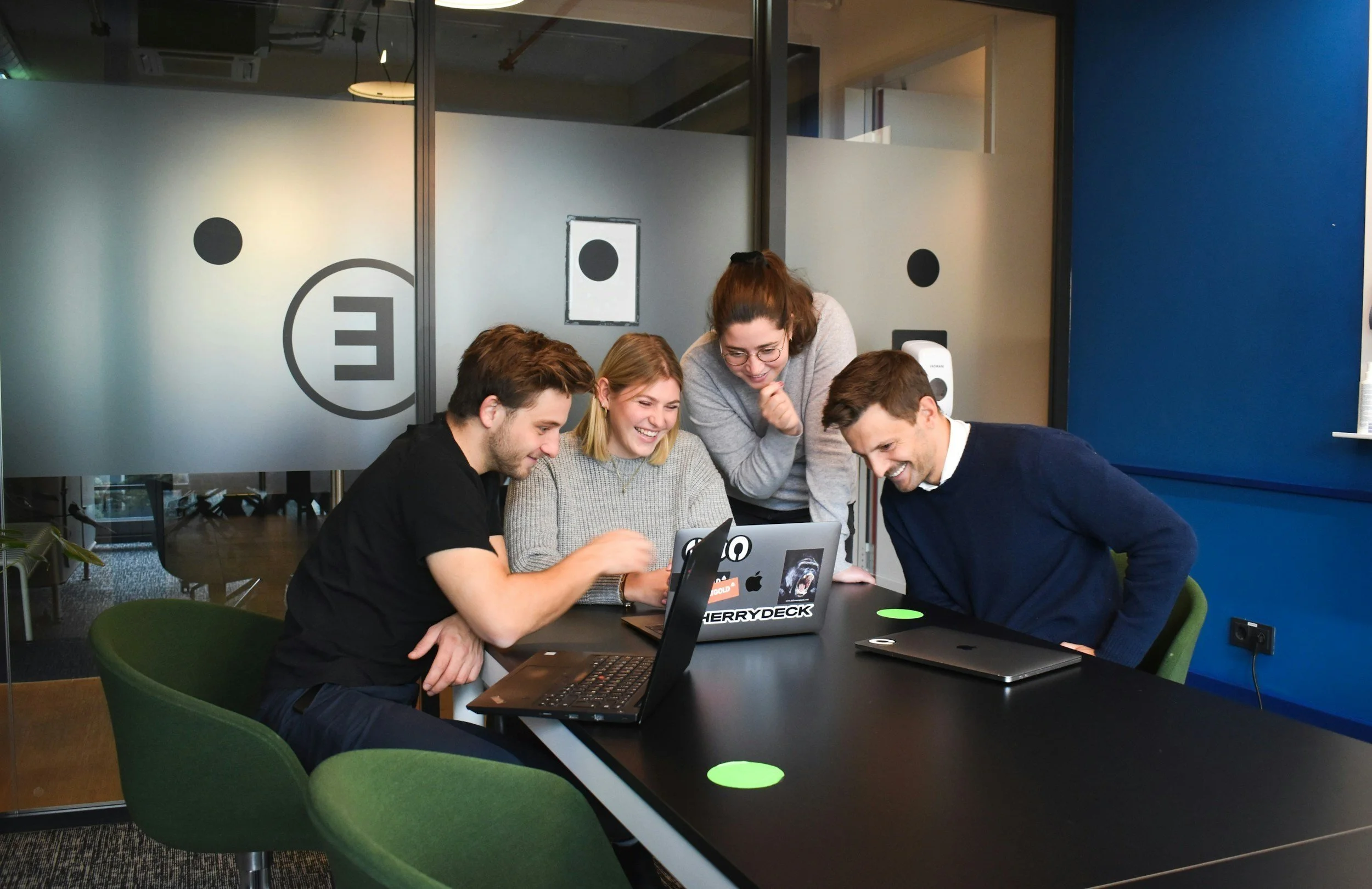Mentoring in Today’s Evolving Workplace
When I reflect on the early days of my career, I recall the mentors who took the time to guide, challenge, and champion me. Their influence shaped not just how I worked, but how I lead today. That’s why I believe mentorship isn’t a soft skill or a side initiative; it’s a strategic lever for growth, culture, and connection.
Today’s workplace looks dramatically different from what it was even five years ago. Gen Z professionals are entering a workforce that’s more digital, more dispersed, and more dynamic than ever before. At the same time, Millennial leaders are navigating new responsibilities without always having had the benefit of the same mentorship themselves. This moment presents both a challenge and an opportunity.
In this article, I’ll explore why mentorship is no longer optional—and how it aligns with one of the core pillars of my 4Ms Framework: Mentoring. Let’s dive into what it means to lead with intention and empower the next generation in a way that’s meaningful, measurable, and mission-driven.
Mentorship in the Modern Era
With today’s young talent, mentoring has become not only helpful but also critical in preparing them for the modern work environment and helping them develop their career and leadership skills. Gen Z, in particular, entered the workforce during a time of unprecedented change: a global pandemic, a rapid generational shift in leadership, and the widespread adoption of remote and hybrid work models.
Many Gen Z professionals joined the workforce in the shadow of COVID-19, missing out on the traditional onboarding and in-person mentorship that previous generations experienced. At the same time, Millennials, who now comprise over 44% of leadership roles worldwide, have rapidly stepped into managerial and executive positions. This generational shift was accelerated by the retirement of Baby Boomers and organizational restructuring during the pandemic.
The workplace culture during the COVID-19 pandemic became more fluid and decentralized. Remote work arrangements, while necessary, diminished opportunities for spontaneous collaboration, relationship building, and mentorship. As a result, many new employees felt a lack of connection to their organizations, contributing to higher turnover and decreased engagement. According to a Gallup study, only 31% of Gen Z employees reported feeling engaged at work, a number that correlates with the lack of cultural integration and hands-on development during their early career stages.
Although now in leadership, Millennials often had limited time to explore and master the full complexity of the professional landscape themselves, balancing project management, cross-functional collaboration, and business strategy, all while adapting to new leadership responsibilities amid a global crisis.
As leaders, we must intentionally provide Millennials with continued development opportunities while empowering them to mentor Gen Z. Building strong micro-cultures within teams, offering personalized mentorship, and fostering visibility into the broader organizational landscape are essential. Now more than ever, mentoring isn’t a bonus—it’s a leadership imperative.
Mentoring Drives Culture, Growth, and Retention
Mentoring is not a one-time conversation or a formal check-the-box task. It’s an ongoing, mutually beneficial journey—a dynamic relationship built on trust, feedback, and continuous development. For Gen Z employees navigating the workplace for the first time, mentorship provides more than just guidance; it offers visibility, clarity, and connection in an ever-evolving professional landscape.
Work Shadowing as a Visibility Tool
One effective mentoring strategy is work shadowing, which enables emerging professionals to observe the day-to-day complexities, processes, and interactions that may not be fully captured in onboarding manuals. Shadowing provides Gen Z with real-time insights into cross-functional collaboration, decision-making, and leadership dynamics, helping them understand not just the what but the why and how behind team and organizational workflows.
Ongoing Learning Through Engagement
Learning shouldn’t stop at attending a conference or logging into a webinar. Instead, transform individual learning into a team-wide opportunity for growth and development. Encourage employees to share takeaways, present new tools or methods, and lead mini-sessions to cascade their insights across the team. This fosters a culture of shared learning, enhances collective knowledge, and builds enthusiasm for professional development. It also strengthens collaboration, reinforces team values, and drives a positive, energized culture.
SMART Goals: A Foundation for Growth
Setting goals is important, but setting SMART goals drives measurable success. SMART stands for Specific, Measurable, Achievable, Relevant, and Time-bound. For example, rather than “improve communication,” a SMART version would be “host a biweekly team stand-up meeting to improve communication and reduce email dependency by 30% over the next 60 days.” This framework helps young professionals focus on what matters, track progress, and feel a sense of accomplishment, boosting confidence and accountability.
Clarity Around Roles, Structure, and Autonomy
A clear definition of roles, responsibilities, and organizational structure is essential for team members to understand how their contributions fit into the broader context. This clarity supports independence and empowers employees to take ownership of their work. For Gen Z in particular, understanding how they contribute to the mission, where they can grow, and whom they can go to for support creates a foundation for confidence and autonomy.
Creating Safe Spaces for Honest Dialogue
Mentorship thrives within an environment of psychological safety—a setting where individuals can engage in open and honest discussions about their experiences, challenges, and aspirations without fear of retribution or disparagement. Providing individualized check-ins, mentorship circles, or office hours opens the door for more honest feedback and deeper trust. These conversations aren’t just about solving problems; they’re about building relationships and fostering emotional intelligence.
Inclusive Project Discussions: Real-World Learning
Engaging young professionals in project planning discussions—including defining scope, identifying requirements, aligning on budgets, and setting timelines—gives them a front-row seat to how real business decisions are made. This involvement builds critical thinking, sharpens business acumen, and enhances their ability to anticipate needs and contribute meaningfully. It also demonstrates that their perspectives are valued, even in the early stages of their careers.
Mentorship isn’t just a nice-to-have—it’s how we build the next generation of leaders. As Millennials continue stepping into positions of influence and Gen Z reshapes the future of work, it’s up to us to bridge the gap with intention, empathy, and action. By investing in mentorship, we don’t just develop talent—we strengthen cultures, drive engagement, and future-proof our organizations. Leadership is no longer just about managing outcomes; it’s about empowering people. Let’s lead with purpose—and mentor with impact.


